Tipping can feel like navigating a minefield when you’re traveling. What seems generous in one city might be insulting in another, while what’s expected in your hometown could be completely unnecessary elsewhere. The rules change so dramatically from place to place that even seasoned travelers find themselves second-guessing every transaction.
Here is a list of 17 cities where tipping culture throws tourists for a loop, often leaving them wondering if they’ve just committed a cultural faux pas or missed an important social cue.
Tokyo, Japan

Tipping in Tokyo isn’t just unnecessary — it can offend people. Many servers will chase you down to return money they think you accidentally left behind. The concept goes against Japanese values of providing excellent service as a matter of pride rather than for extra compensation.
If you really want to show appreciation, a small bow and sincere thanks in Japanese will mean much more than any monetary tip.
Copenhagen, Denmark
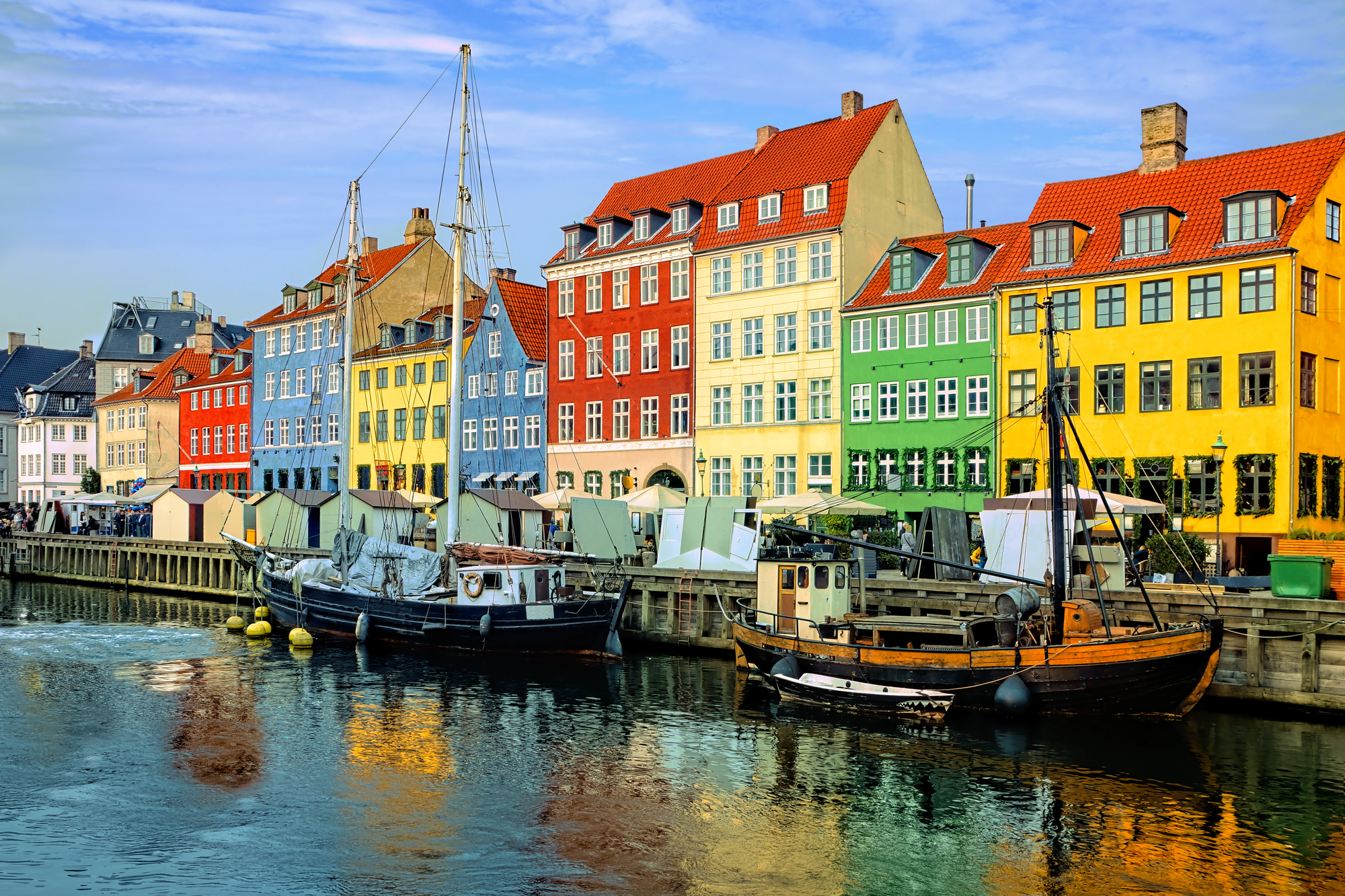
Danish service workers earn some of the highest wages in Europe, so tipping in Copenhagen feels almost insulting to locals. The culture values fair wages over tip dependency, while most Danes round up to the nearest convenient amount rather than calculating percentages. If you absolutely must tip, keep it minimal.
Maybe 5% at most for exceptional service. Think of it like paying for quality rather than charity.
Like Travel Pug’s content? Follow us on MSN.
Reykjavik, Iceland
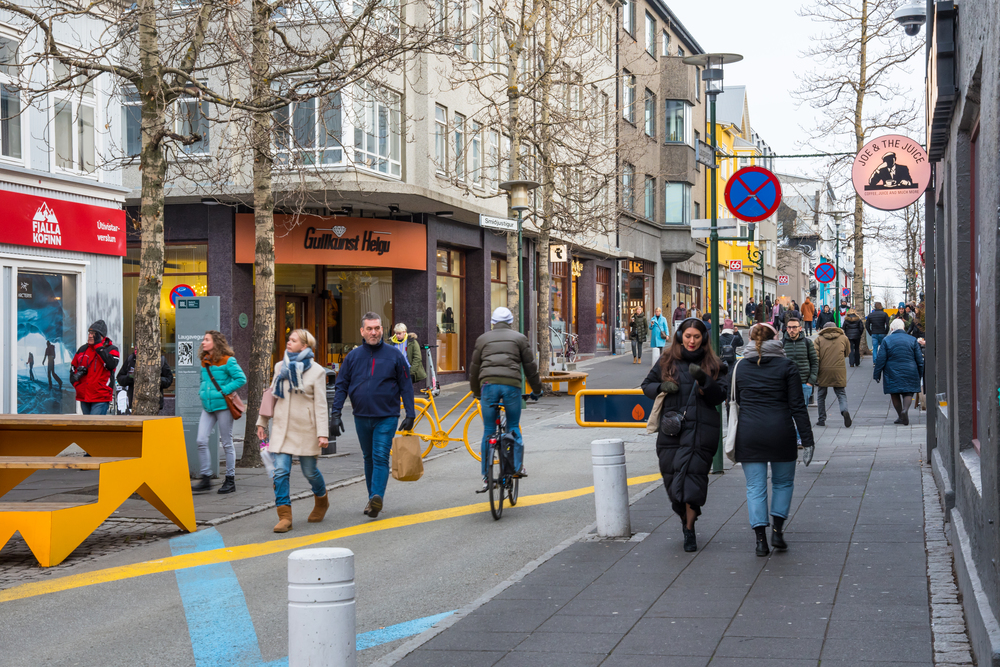
Icelanders find American-style tipping culture puzzling and unnecessary in Reykjavik. Service charges are typically included, and workers earn living wages without relying on tips to survive. Locals might round up a bill from 2,890 krona to 3,000 krona for convenience, though that’s about it.
Your enthusiasm and gratitude matter more than extra money in this Nordic culture that values equality and fair compensation.
Rome, Italy

Roman tipping customs sit somewhere between American generosity and Northern European restraint. A small tip of 1–2 euros at restaurants shows appreciation, but a 15-20% tip will mark you as an obvious tourist. Many places add a ‘coperto’ (cover charge) to your bill, which covers bread and table service.
When in doubt, observe what locals do. They typically leave just enough to round up to a convenient number.
Barcelona, Spain

Spanish dining culture moves at a relaxed pace in Barcelona, and so does their tipping philosophy. Leaving 5–10% for good service at restaurants is sufficient, whereas bars and cafés rarely expect anything beyond rounding up. Many tourists over-tip because they mistake the leisurely service pace for poor attention. Spanish servers aren’t rushing around chasing tips.
They’re providing a more relaxed dining experience that’s part of the cultural charm.
Like Travel Pug’s content? Follow us on MSN.
Amsterdam, Netherlands

Dutch pragmatism shines through Amsterdam’s sensible tipping approach. Most locals round up to the nearest euro or add 5–10% for excellent service, but elaborate tip calculations aren’t necessary. The service charge is often included, especially at tourist-heavy restaurants near the canals.
Check your bill first, then tip modestly if you feel the service warranted it. The Dutch appreciate practical gestures over grand displays.
Vienna, Austria

Viennese coffeehouse culture has a specific tipping etiquette that confuses many visitors. At traditional cafés, you round up to the nearest euro or add about 10% for table service; however, if you’re just grabbing coffee at the counter, no tip is expected. The key is reading the situation.
Formal table service gets a tip, quick counter service doesn’t. Austrian servers prefer dignity to desperation when it comes to gratuities.
Stockholm, Sweden
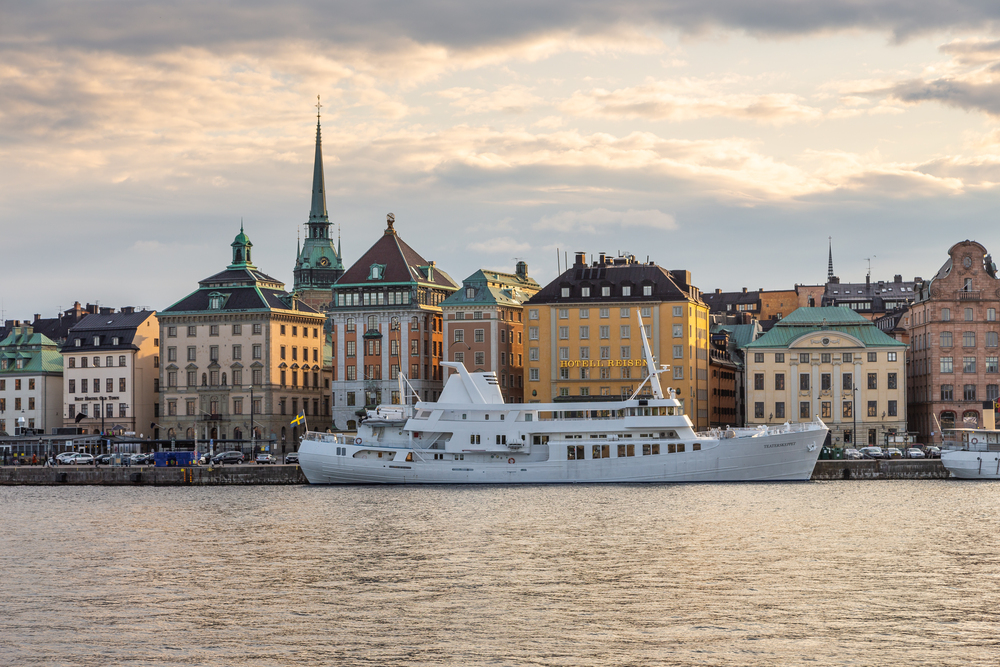
Swedish egalitarian values make tipping feel almost uncomfortable in Stockholm. Service workers earn good wages, and excessive tipping can seem like you’re trying to show off your wealth. Rounding up the bill or adding 5–10% for truly exceptional service is plenty.
Swedes value genuine appreciation more than monetary gestures. A sincere ‘tack så mycket’ (thank you so much) often means more than extra kronor.
Like Travel Pug’s content? Follow us on MSN.
Prague, Czech Republic

Prague sits in a tipping transition zone where old European customs meet modern tourist expectations. Locals typically round up the bill or add 10% at restaurants, yet tourists often tip more because of confusion about local standards. Check if the service is included before deciding.
Many tourist restaurants already add it automatically. Czech servers appreciate consistency over generosity, so stick to modest, predictable amounts.
Budapest, Hungary

Hungarian tipping culture in Budapest expects more than Western Europe but less than America. Restaurant tips of 10–15% are standard, though you should hand the money directly to your server when paying. Leaving cash on the table isn’t the norm here. Hungarians prefer face-to-face transactions.
The thermal baths and ruin pubs each have their own unwritten rules, so observe other customers before committing to any particular tipping strategy.
Lisbon, Portugal

Portuguese hospitality in Lisbon comes with relaxed tipping expectations that match the country’s laid-back vibe. Adding 10% to restaurant bills shows appreciation, while cafés and bars rarely expect more than rounding up. Many establishments include a service charge, especially in tourist areas like Alfama and Bairro Alto.
Portuguese culture values genuine warmth over monetary transactions. Your smile and ‘obrigado’ matter as much as any tip.
Like Travel Pug’s content? Follow us on MSN.
Moscow, Russia

Russian service culture in Moscow operates on different principles from Western tipping norms. Tips of 10–15% at upscale restaurants are becoming more common, though traditional establishments might not expect anything. The oligarch era created some unusual tipping dynamics where flashy displays became associated with new money.
Modern Muscovites prefer modest, respectful tips that acknowledge good service without creating awkward power dynamics.
Tel Aviv, Israel

Israeli directness extends to tipping culture in Tel Aviv, where 12–15% at restaurants is standard but not always expected. The service style can seem abrupt to Americans, yet it’s just Israeli efficiency rather than rudeness. Many bills include service charges, especially at beachfront restaurants and bars.
Check your receipt carefully. ‘Service’ or ‘tip’ might already be added, making additional gratuities unnecessary and potentially embarrassing.
Dubai, UAE
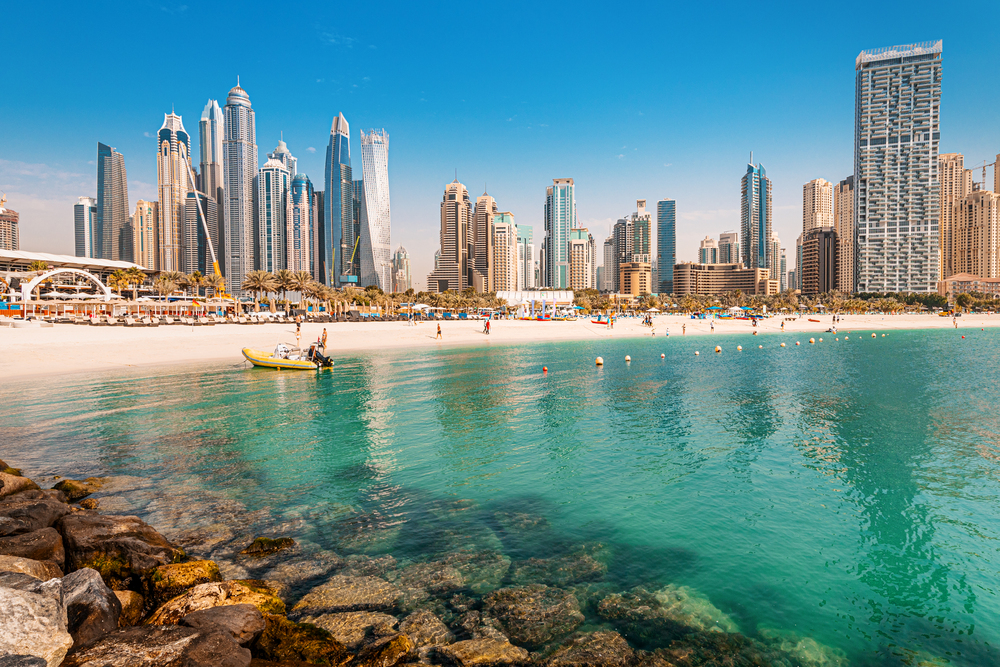
Dubai’s international atmosphere creates confusion about appropriate tipping standards. Western-style hotels and restaurants often expect 15–20% tips, whereas local establishments may include service charges. The massive wealth disparity makes tipping feel complicated.
Underpaying seems insensitive, while overtipping might appear condescending. Many service workers come from countries where tips represent significant income, so modest generosity is usually appreciated and appropriate.
Like Travel Pug’s content? Follow us on MSN.
Mumbai, India

Mumbai’s tipping culture varies dramatically between different types of establishments and social contexts. Upscale restaurants expect 10% tips, while street vendors and local eateries operate on different principles entirely. Auto-rickshaw drivers appreciate rounding up the fare, though they don’t expect percentage-based tips.
The city’s economic diversity means reading the situation carefully. What works in Bandra might be inappropriate in a local neighborhood joint.
Cairo, Egypt

Egyptian hospitality culture in Cairo involves complex tipping customs called ‘baksheesh’ that extend beyond simple restaurant gratuities. Small tips are expected for almost any service, from bathroom attendants to hotel staff to tourist guides. The amounts are usually modest by Western standards, yet important for service workers’ income.
Learning when and how much to give takes practice. Locals can guide you through the unwritten rules that keep Cairo’s service economy running.
Bangkok, Thailand
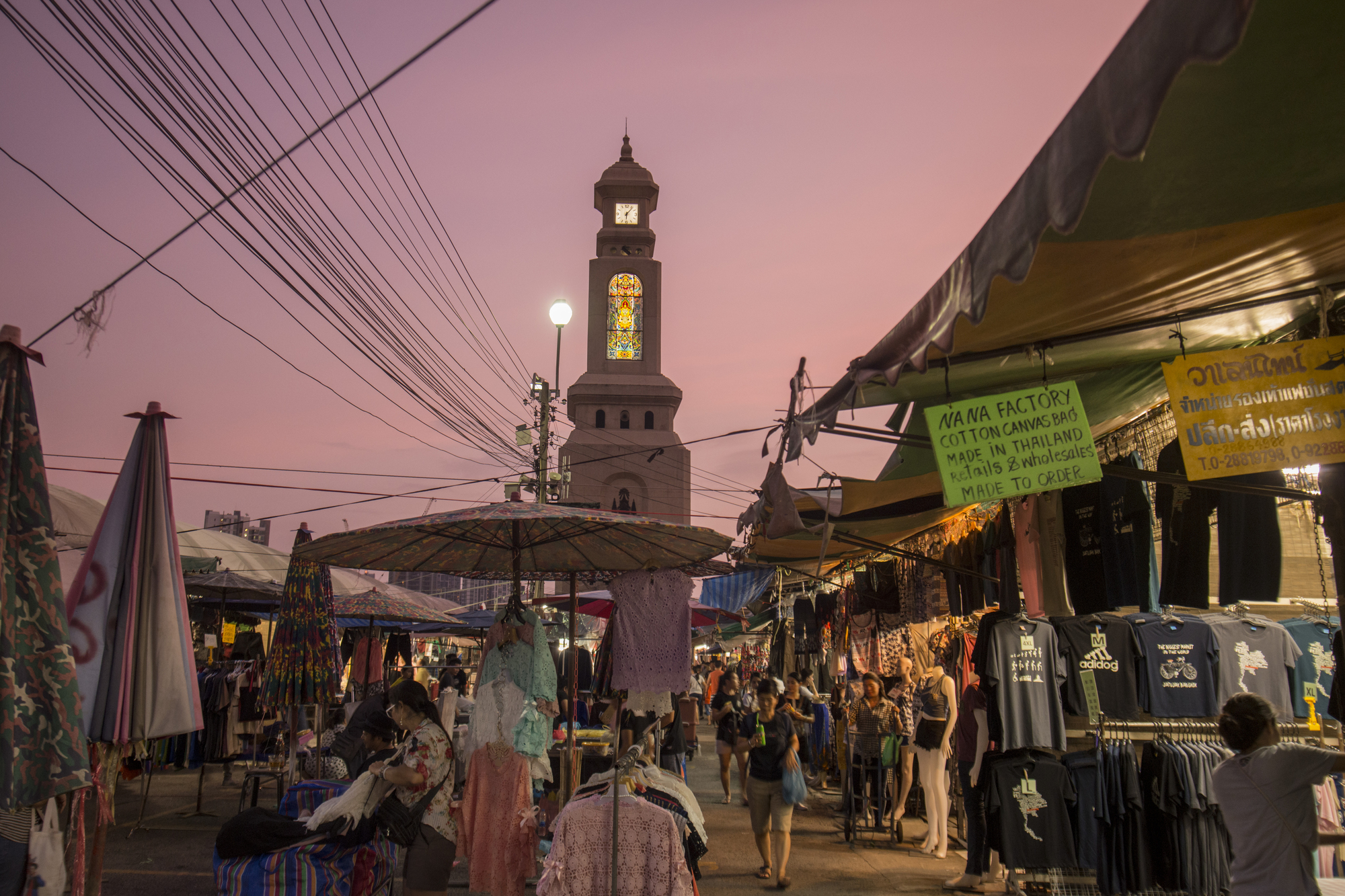
Thai service culture in Bangkok doesn’t traditionally include tipping, though tourism has created mixed expectations. High-end hotels and restaurants might expect 10% tips, while street food vendors and local establishments operate on different principles. The famous Thai smile and ‘wai’ greeting matter more than money in most authentic settings.
When tipping does occur, it’s usually modest and given with respect rather than obligation or showiness.
Like Travel Pug’s content? Follow us on MSN.
When Cultures Collide at the Cash Register

These tipping variations reflect deeper cultural values about work, dignity, and social relationships that developed over centuries. What started as aristocratic gestures to servants evolved into complex social contracts that vary dramatically across different societies.
Modern global travel brings these traditions into contact, creating the confusion that leaves tourists fumbling with unfamiliar customs. Understanding local tipping culture isn’t just about money. It’s about showing respect for the values and systems that shape how people interact in different corners of the world.
More from Travel Pug

- 20 Best Beach Towns in the Carolinas
- 13 Destinations Where Tourists Regularly Regret Their Trip
- 20 Things You Actually Get in First Class
- 20 Small Airports With Aviation Museums
- 20 Places in the U.S. That Are Perfect for a Reset Trip
Like Travel Pug’s content? Follow us on MSN.
